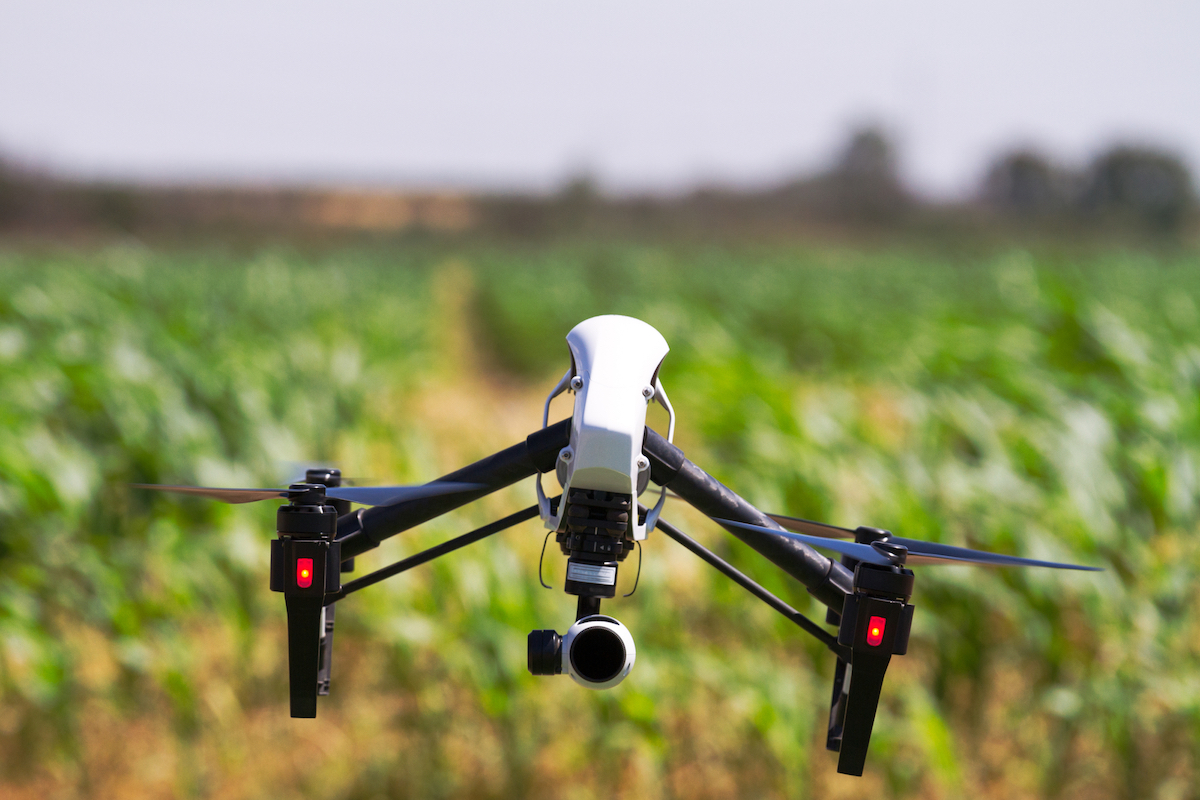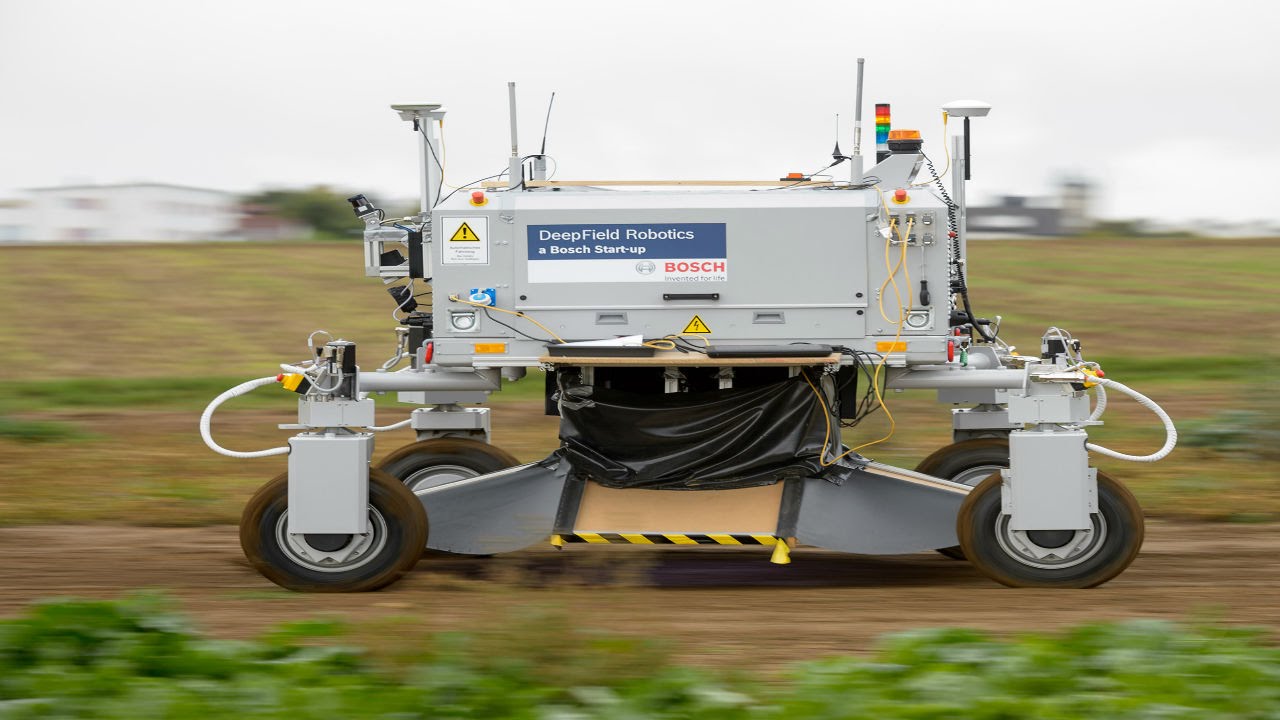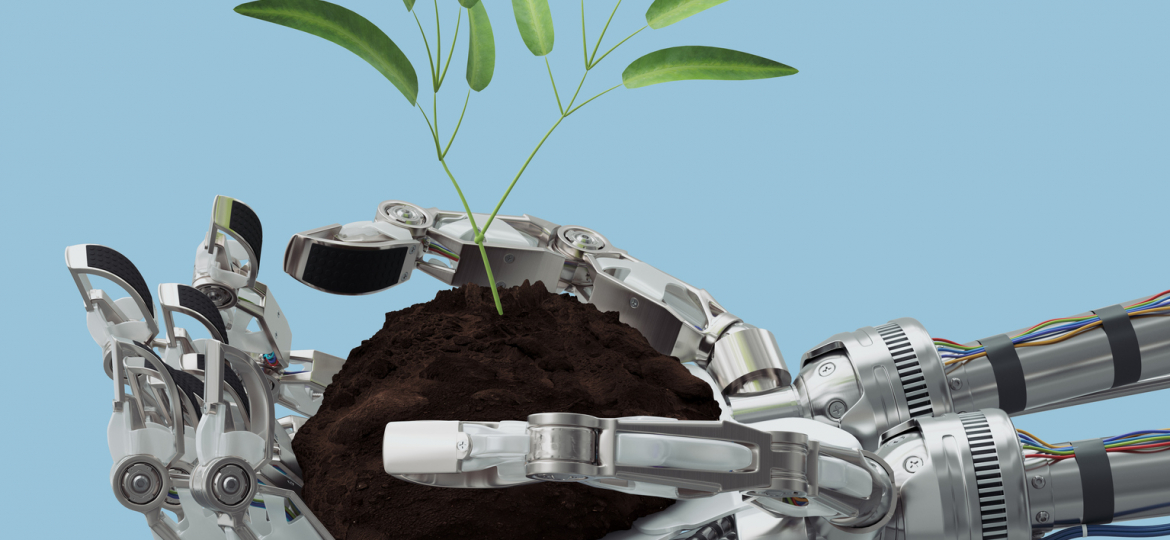Agriculture is an important aspect in the food industry. Today, this industry has evolved thanks to automation and robotics. Below is a comprehensive illustration on various robotic applications in agriculture. Unlike in the past, farmers are today adopting automated agricultural practices to enhance production and boost their profits.
The sale of agricultural robots is currently on the rise and this is expected to increase in subsequent years. While many farmers are still practicing conventional farming methods, such are not efficient enough to meet the current market demand. Modern agriculture on the other hand is facing major challenges such as workforce deficiency.
When applied appropriately, automated farming is set to reduce these challenges through the use of advanced sensing and robotics. Collaborative robots can be used in various agricultural applications as seen below.
Nursery Planting
Some plants first grow in nurseries before they are transferred to the farm. The nursery is the beginning of the food process for many crops. The demand for seedlings is on the rise which makes nursery automation necessary. There are various robot companies such as universal robots which can provide automation solutions for potting, seedling, and living plant storage in greenhouses.
Crop Analysis and Regulation
Crop analysis and regulation involves lots of work. Today, advanced geo-mapping and sensor technologies are enabling farmers to obtain high level crop data, which was impossible in the past. Aerial drones and robots enable autonomous collection of data.

Farmers can get different automated agricultural packages which are inclusive of analysis software and robotic hardware. Farmers can then transfer the data and imagery collected by their drones working on their farms and use a smartphone or a tablet to launch the software, enabling them to collect and view data in real time.
Some robots are ground based. These types of robots require comprehensive regulation since they are capable of getting closer to the crops. Farmers can also get fertilizing and weeding robots as well.
Crop Seeding
The conventional seed sowing method involves dispersing them via a broadcast spreader which is affixed to a tractor. This method is not efficient because many seeds can go to waste. Independent precision seeding involves use of robotics complete with geo-mapping. A map with detailed soil properties such as density and quality is generated in each point across the farm. A tractor affixed with a robotic seeding attachment then puts the seeds at specific areas and depths to allow them adequate space and chance for growth.
Crop Spraying and Weeding
Conventional methods of killing weed and spraying pesticides are as harmful to the environment as they are wasteful. Automated spraying methods are more environment friendly and efficient. Adopting the micro spraying approach reduces the amount of herbicide farmers use in crop growing significantly.

In this approach, robots detect weeds through a computer based technology. After this, they proceed to spray specific amount of herbicide on the same. There are various types of weeding robots, some of which do not use chemicals, but computer vision to sense the plants while the tractor pushes it. The robot then hoes the areas between the plants to uproot the weeds automatically. Some weeding robots are advanced enough to kill weeds using lasers.
Irrigation and Fertilizing
Conventional methods of fertilizing and irrigating crops are inefficient since they utilize lots of water. Robot aided precision irrigation targets plants specifically, which reduces the amount of water used. Ground based robots maneuver between crop rows to pour water directly on the plant’s base.
Collaborative robots are flexible and can get through areas where other machines may not be capable of reaching. For instance, corn is a fast growing plant which can make the fertilizing process challenging. Some modern day robots can eliminate this problem by navigating between crop rows and putting fertilizer directly on each plant.
Pruning and Thinning

Pruning is the process of cutting down parts of a plant to enhance their growth. Thinning on the other hand is density reduction on plants to allow them to grow better. These procedures are intricate but automation is making them much more precise and efficient.
Conclusion
Automation in the agriculture industry has made strides, and with the current technological advancements, more applications will be launched to enhance efficiency and improve productivity within the industry.
